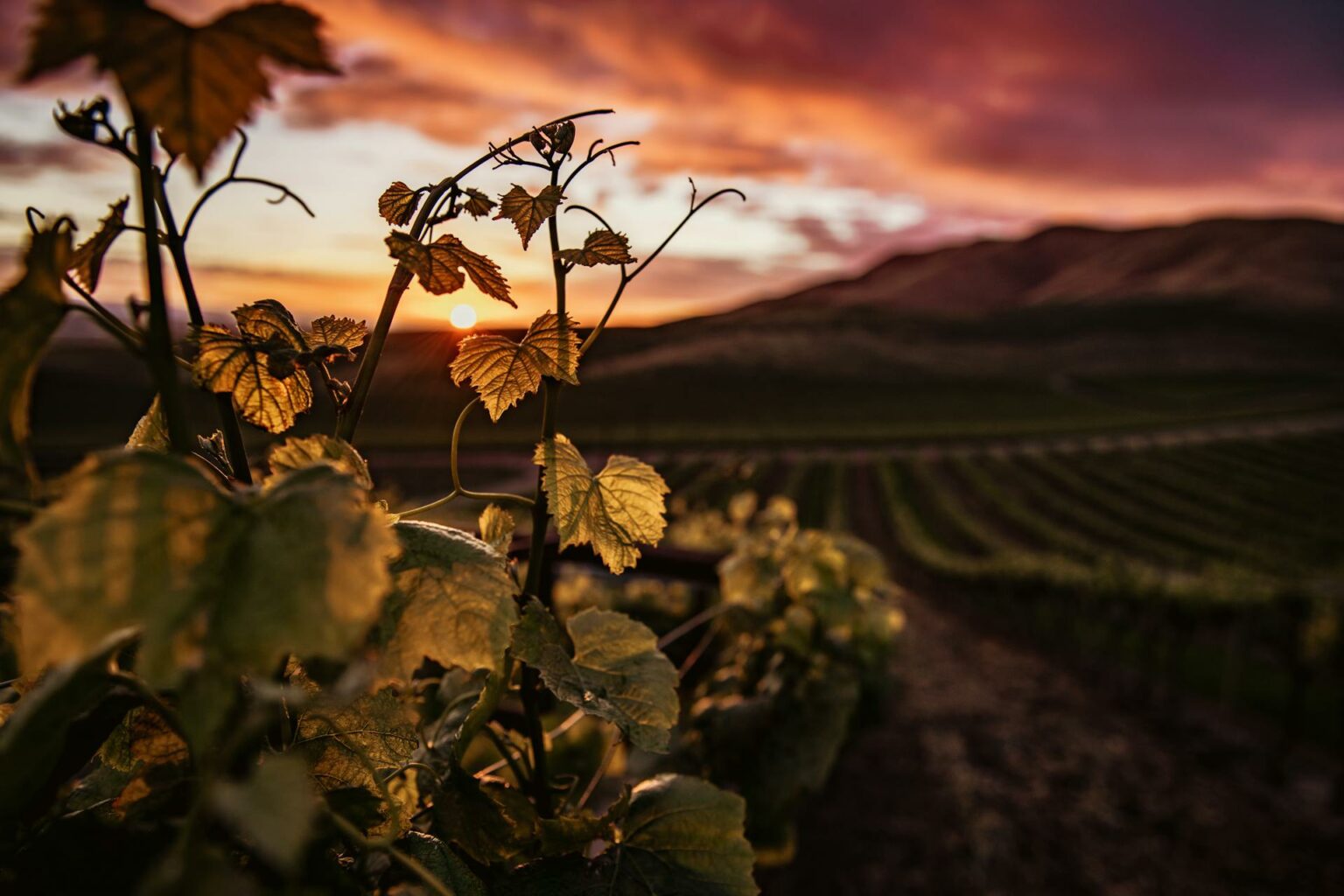Nous travaillons dans un chai datant des années 1990, équipé de cuves en inox, mais également en fibre.
Un système de « drapeaux » relié à un groupe de froid permet de contrôler la température des fermentations qui est l’une des clés de la qualité finale de nos vins.
L'éraflage
Cette technique consiste à enlever les rafles, cela supprime une grande partie des arômes durs et herbacés du vin. La rafle n’apporte rien à la
fermentation, c’est juste la tige du fruit (dans une cerise, on ne mange pas la queue).
L’éraflage est effectué directement sur la machine à vendanger. L’évolution technologique des machines viticoles permet d’obtenir un résultat qualitatif de l’éraflage à la vendange.
La pré-fermentation
Une fois que le raisin est en cuve, nous patientons de 48 à 72 heures avant de lancer la fermentation, cela permet d’extraire plus de couleur, d’intensité et
de fruit.
Le contrôle de température par le froid
La fermentation, comme toute réaction chimique dégage de l’énergie qui se traduit par une élévation de la température. Si nous ne la contrôlions pas, la
température pourrait dépasser les 30°C pour les vins rouges.
L’expérience montre que pour un vin rouge de qualité, il est préférable de rester en dessous de 27 / 28°C. Pour un vin blanc, mieux vaut ne pas dépasser
16 / 17°C.
L’explication est simple, à partir d’une température trop élevée, les arômes s’échappent. Pour s’en convaincre, il suffit de chauffer du vin dans une
casserole pendant 3 à 4 minutes, de le laisser refroidir puis de comparer avec un échantillon tenu à température. Les arômes sous l’effet de la chaleur se
sont évaporés (avec l’alcool).
Le même phénomène se produit quand on se parfume, il faut environ 10 minutes pour que le parfum exhale ses meilleures fragrances, le contact avec la
chaleur du corps servant de révélateur.
Ce ne sont que des exemples de ce que nous faisons aujourd’hui. Nos anciens nous ont transmis des techniques qu’il nous appartient de faire évoluer.
L’hyperoxygénation des moûts de vins blancs
Une fois la vendange de raisin blanc pressée, nous obtenons un jus chargé de microparticules appelées bourbes ou lies grossières. Ces bourbes sont très
riches en arômes, mais nous ne pouvons pas les garder pendant la fermentation car elles amènent des déviations aromatiques très préjudiciables. Une
des techniques les plus répandues consiste à filtrer les jus avant fermentation, mais cela appauvrit le milieu.
Nous préférons exploiter au mieux ces lies : juste après la pressée, nous faisons passer le jus au travers d’un appareil qui sature le jus en oxygène pur, le
résultat est impressionnant. 24 heures après ce traitement, nous obtenons un jus clair, chargé d’arômes. Un autre avantage, et non des moindres, vient de
l’amélioration très nette de la stabilité finale du vin, ce qui nous permet de diminuer de moitié l’utilisation de soufre dans nos vins finis.
Nos vins blancs moelleux contiennent 2 fois moins de soufre qu’un moelleux traditionnel.
Une démonstration vient enrichir notre perception :
Ouvrez une bouteille de blanc moelleux, sentez-le, aérez-le, et ressentez-le, le soufre étant très volatile, il s’échappe en premier.
Le plus connu des désagréments est la fameuse barre frontale (mal de tête) que l’on éprouve après avoir consommé des vins chargés en soufre.
Jamais vous ne ressentirez ces désagréments avec nos vins.
Nous voulons lever une ambiguïté : l’utilisation de So2 (soufre) n’est pas nuisible au vin car il en produit naturellement. Les levures de fermentation
dégagent en mourant du So2, nous ne faisons qu’amplifier le phénomène.

